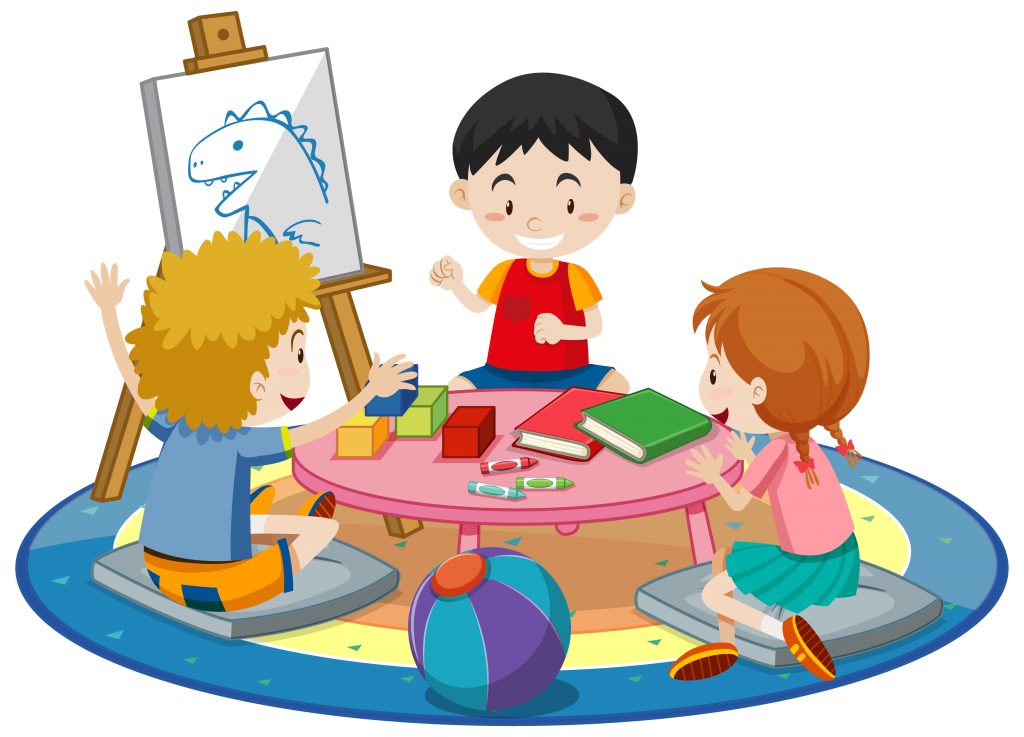Why Art Integration is Important in Classroom Teaching?

The arts are often relegated to the sidelines, but we’ve done a deep dive into why it’s important for teachers to integrate the arts and how art integration in school can have a life-changing impact on your children.
The Arts Unlock the Door to Learning
The arts are never more than a stone’s throw away, but have you ever stopped to wonder what the importance of art integration in the classroom is? Have you considered how it can unlock the door to learning?
In this blog post, we’re going to explore why and how the arts are so important in education. Arts can unlock a whole world of learning that may otherwise be missed by students.
Arts integration is an important tool for educators to use in their classrooms. Learning through the arts unlocks doors that can’t be unlocked any other way.
What is Arts Integration in the Classroom?
Arts integration is a teaching method that incorporates the arts into other subject areas. It can be used in any grade level and in any type of classroom. Arts integration has been shown to improve academic achievement, increase student engagement, and boost social and emotional development.
When used correctly, arts integration can be an effective way to teach any subject. However, it is important to note that arts integration is not simply adding an art activity to a lesson. Arts integration must be carefully planned and structured in order to be successful.
If you are interested in incorporating arts integration into your classroom, there are a few things to keep in mind. First, you will need to choose a focus for your arts integration. This could be a specific subject area such as math or science, or it could be a theme or concept that you want to explore across multiple subject areas.
Once you have chosen a focus, you will need to select appropriate materials and activities. Not all art materials and activities will be appropriate for every focus. For example, if you are focusing on math, you will want to select materials and activities that help students understand mathematical concepts. Likewise, if you are exploring a theme such as community, you will want to select materials
Why is art important in early childhood education?
Art is important in early childhood education for a number of reasons. It helps children to express themselves, to explore their creativity, and to develop their fine motor skills. It also fosters a love of learning and a sense of accomplishment.
In addition, art integration can help children to develop critical thinking skills and to understand and appreciate different cultures. When children are exposed to a variety of art forms from around the world, they can begin to see the world in a new way. Art also provides a way for children to connect with their peers and build social skills.
While some may argue that academic skills are more important than artistic ones, research has shown that there are many benefits to incorporating art into the classroom. For example, students who receive an arts education have higher test scores and are more likely to be successful in school overall. They are also more likely to graduate from college and to find jobs that match their interests.
So why is art important in early childhood education? There are many reasons! By integrating art into the curriculum, we can give our children the chance to express themselves, to explore their creativity, and to develop critical thinking skills.
How does art integrate in teaching process?

Art integration is the use of art in other academic subjects in order to promote learning. It is a way of using art to teach non-art concepts and skills. When art is integrated into other subjects, it can help students to better understand the material and retain information. Art integration can also be used to teach concepts that are not easily learned through traditional methods.
Art integration can take many forms. It can be as simple as using a painting to help explain a concept in history or using music to help teach a math lesson. There are many resources available to teachers who want to incorporate art into their classrooms. There are also organizations that provide training and support for teachers interested in using art integration.
